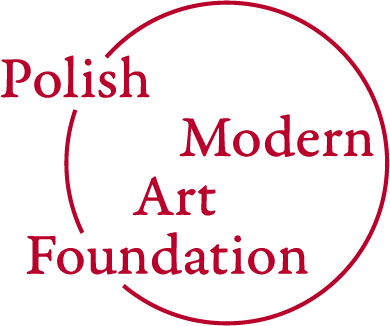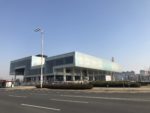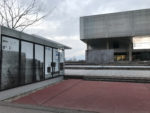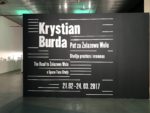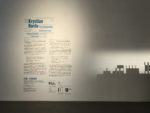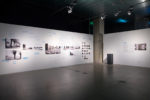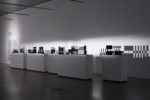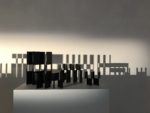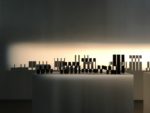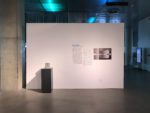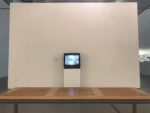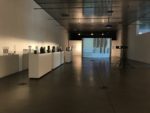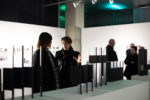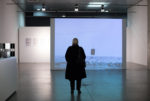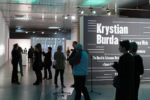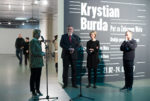Krystian Burda “The Road to Żelazowa Wola. A Time-Space Study”
Krystian Burda Put za Żelazowu Wolu – studija prostora i vremena
21.02. – 24.03.2016
Muzej suvremene umjetnosti Zagreb / Museum of Contemporary Art, Zagreb
Avenija Dubrovnik 17, 10000, Zagreb
‘The Road to Żelazowa Wola – a time-space study’ is an extraordinary idea for an abstract monument – road dedicated to Fryderyk Chopin, designed on the 150th anniversary of the composer’s birth, without analogy in the history of art and architecture.
Krystian Burda’s project ‘The Road to Żelazowa Wola – a time-space study’ (1960–61) is a concept for a monument to Fryderyk Chopin that was to consist of spatial forms placed over a ten-kilometre section of the road from Warsaw to Żelazowa Wola. The monument was designed to be viewed from the windows of a car travelling at around 35–40 mph.
Burda’s monument-path conceptual film was the crowning achievement of several years’ research into the question of rhythms in time and space carried out by the artist in the workshop of Oskar Hansen and Jerzy Jarnuszkiewicz at Warsaw Academy of Fine Arts (WAFA). Krystian Burda presented his concept during his diploma defence on the WAFA’s Faculty of Sculpture in 1961. The film was accompanied by a presentation of part of the monument in the form of a scale-model, a round relief showing how the forms would be viewed in motion, photo-boards illustrating the idea in space, a plan of the localisation and pictures of the Mazovian landscape. Part of the project was the artist’s commentary, constituting the work’s ‘credo’:
- Rhythm is an element of order in the functioning of the world.
- The seasons, days and nights are changes to that rhythm
- Man has an innate sense of rhythm (the rhythm of the heart, the cadence of one’s steps).
- Without rhythm, there would be no music, dance or visual arts – there would be no art.
- Twentieth-century man travels greater distances using various means of locomotion.
A key element of Krystian Burda’s diploma was the film, which served as an introduction to thinking about a monument seen in motion. The artist recorded the human environment and Mazovian landscapes, in which he found the rhythms that in the film are a prelude to the spatial forms leading the viewer to the Birthplace of Fryderyk Chopin. The spatial forms were recorded using time-lapse, ‘open camera’, from a rolling scale-model, in order to create the impression of travelling to Żelazowa Wola. Burda’s film, recorded on sixteen-millimetre tape, in collaboration with the camera operator Andrzej Jan Wróblewski, aroused controversy during the diploma defence. It was the first time that a film had formed the main part of a diploma defence on the WAFA’s Faculty of Sculpture.
Krystian Burda’s work is a unique artistic proposition devoted to Fryderyk Chopin. Despite the passage of time, the project is still astonishing for its revolutionary approach to the notions of monument, sculpture, space and the sensing and discovering of analogies of rhythm in nature and in human activities. It draws attention to the role of space in the work of art.
Curators:
Sarmen Beglarian
Sylwia Szymaniak
Coordinators:
Anna Rowińska
Lejla Topic
Organizer:
Museum of Contemporary Art
in Zagreb (MSU)
The Fryderyk Chopin Institute
Support:
Ministry of Culture of Republic of Croatia,
City of Zagreb
